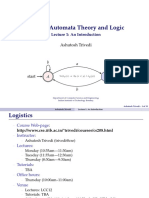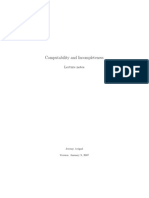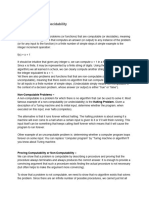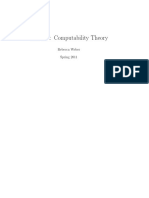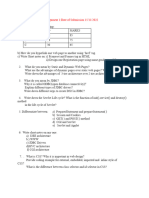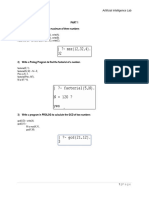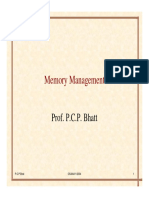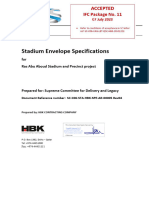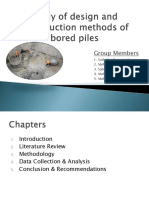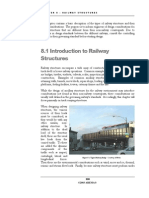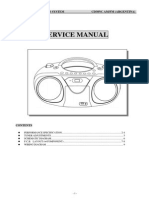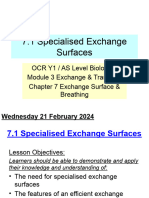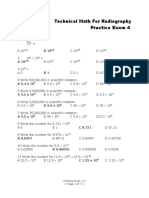0% found this document useful (0 votes)
128 views17 pagesIntroduction To Theory of Computation: Prof. (DR.) K.R. Chowdhary
The document provides an introduction to the theory of computation. It discusses:
1. What theory of computation is and how it attempts to establish a theory for all subjects in computer science, just like classical dynamics establishes a theory of motion.
2. Some key concepts in theory of computation including automata, languages, computation, meta-theory, proofs, functions, strings, and languages.
3. Specific topics covered include Turing machines, the halting problem, diagonalization, Cantor's theorem, and representations of languages.
Uploaded by
Prithviraj BiswasCopyright
© © All Rights Reserved
We take content rights seriously. If you suspect this is your content, claim it here.
Available Formats
Download as PDF, TXT or read online on Scribd
0% found this document useful (0 votes)
128 views17 pagesIntroduction To Theory of Computation: Prof. (DR.) K.R. Chowdhary
The document provides an introduction to the theory of computation. It discusses:
1. What theory of computation is and how it attempts to establish a theory for all subjects in computer science, just like classical dynamics establishes a theory of motion.
2. Some key concepts in theory of computation including automata, languages, computation, meta-theory, proofs, functions, strings, and languages.
3. Specific topics covered include Turing machines, the halting problem, diagonalization, Cantor's theorem, and representations of languages.
Uploaded by
Prithviraj BiswasCopyright
© © All Rights Reserved
We take content rights seriously. If you suspect this is your content, claim it here.
Available Formats
Download as PDF, TXT or read online on Scribd
/ 17






























